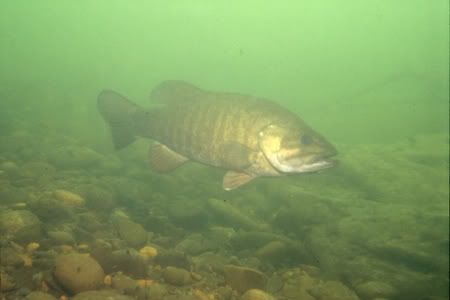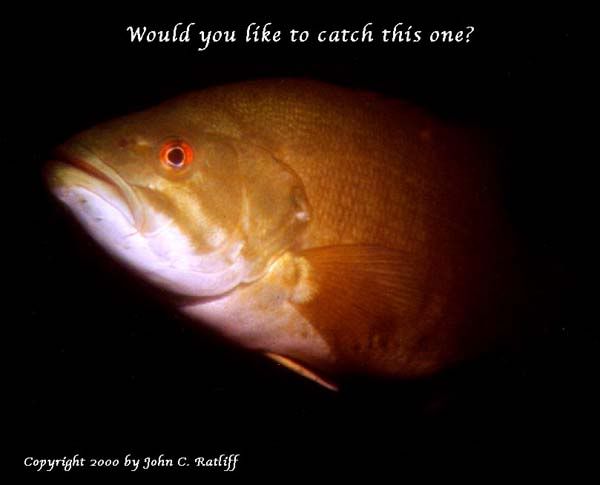ScottG554,
I'll give you some of my guidelines, but you may need to modify them to your skill level. I don't know your background in the water, but get swimming, diving, etc. every chance you get. The more comfortable you are in the water, the better the solo diving experience. Let's talk about some issuse:
Redundancy
I am usually comfortable solo diving without redundant equipment to the depth that I can free dive. In my case, that's 70 or so feet. This is in a non-overhead environment, and for no-decompression diving only. However, in practice since I dive a certain spot in the Clackamas River, my depth is about 25 feet. Redundancy is necessary any time you cannot immediately obtain the surface, which would include stage decompression (some say all dives are decompression dives below 2 atm absolute, or 33 feet of sea water). In the 1970s, redundancy was taught only for cave diving, wreck diving, and ice diving (although with double hose regs, even in ice diving they were pretty reliable).
Photography
Photography of fish is much easier solo than with other divers, unless you have a very good buddy and practice, and play different roles. Here are examples:
Copyright 2005, John C. Ratliff
Copyright 2005, John C. Ratliff
All these images were taken solo diving, the top two (smallmouth bass and sculpin) in the Clackamas River near Portland, Oregon and the bottom one of the North Umpqua River, Oregon (again, a smallmouth bass).
Marine Biology
If you are diving for an institution, in research, you probably won't be able to solo dive. The AAUS (American Academy of Underwater Sciences), has strict guidelines on diving, including qualifying to different depths, and adherence to the buddy system. Here is the AAUS website:
http://www.aaus.org/mc/page.do
If you are doing your own research, without oversight by an institution, then you can do research solo. Both have their pluses and minuses. I have witnessed fish behavior that no one else has seen, and I could not have done it buddy diving. The reason is that there were no buddy divers available who would dive in a river current exceeding 5 mph to see redsided shiners mating, and Umpqua Northern Pike Minnows eating them as they spawned. These are research areas I have done, which cannot be funded because no one will fund the mating habits of an obscure minnow.
'Hope this gives you some perspective.
SeaRat







